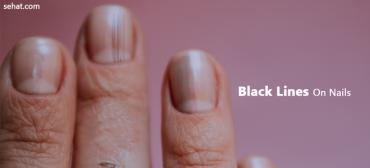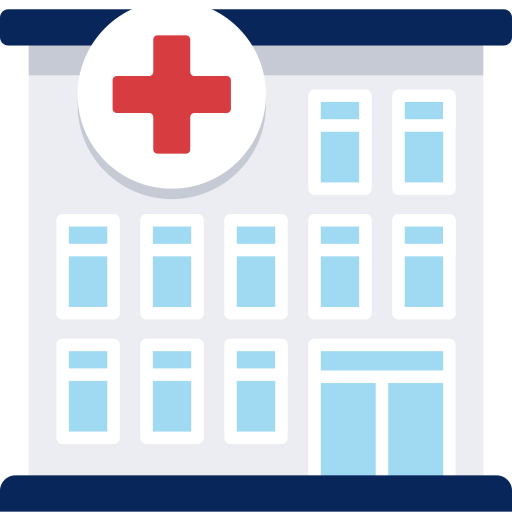Laser Vein Removal
Laser Varicose Vein Surgery
Procedure overview
Your heart pumps blood to the various parts of your body through the arteries. The blood returns to your heart through your veins. Sometimes your veins can become swollen and bulging. These are called varicose veins . Varicose veins often occur on your thighs or calves.
Doctors can treat varicose veins with a number of methods. One of these is laser varicose vein surgery. This procedure uses heat from a laser to close and shrink the vein.
Reasons for the procedure
Varicose veins are not usually a serious health problem, but they can be painful and you may be bothered by the way they look. Your doctor may suggest laser varicose vein surgery if they are sore or inflamed or if the skin over them is irritated.
Risks of the procedure
Laser treatment for varicose veins has certain risks. These include:
-
Infection
-
Tenderness over the vein
-
Bleeding
-
Bruising
-
Nerve damage
-
Inflammation of the vein
-
Blood clots
-
Changes in skin color over the treated vein
-
Burns
There may be other risks, depending on your specific medical condition. Be sure to discuss any concerns with your doctor before the procedure.
Before the procedure
Tell your doctor about any medications or supplements you're taking. Be sure to list any allergies you have, especially to any drugs and to the dye traditionally used for imaging procedures. If you take a medication that thins your blood, such as aspirin, your doctor may have you stop taking it before the procedure.
You’ll need to have someone drive you home after the procedure. Bring loose-fitting clothing to wear afterward.
During the procedure
The doctor will numb the area where the tube, called a catheter, will be put into your vein. The doctor will also inject numbing medicine along the length of the vein that will be treated. Injections may be uncomfortable, but the procedure itself should not be painful.
The doctor will use an ultrasound device to examine the vein before and during the procedure. This process uses sound waves to make an image of the vein on a display screen.
The doctor will make a small cut in your skin and insert the catheter, guiding it into the varicose vein. A laser fiber goes into the catheter. As the doctor slowly pulls out the catheter, the laser will heat up the length of the vein. The vein will close up and should eventually shrink.
The procedure usually takes less than an hour. The cut where the catheter was inserted will probably be so small that you won’t need any stitches. A bandage on the site will most likely be all that’s needed.
After the procedure
Your doctor may recommend that you wear special stockings or bandages to compress your legs for several days or weeks. You will probably be told to move around regularly and avoid spending too much time in bed or in a seated position while you're recovering from the procedure.
Your doctor may want to examine you at a follow-up visit, using ultrasound to make sure the laser procedure was successful.
Related Questions
Mantoux Test Query
- 3853 Days ago
- Tests & Procedures
My Rheumatoid Factor is - H 74 IU/mL
- 4012 Days ago
- Tests & Procedures
Suffering from piles
- 4133 Days ago
- Tests & Procedures
widal positive
- 4247 Days ago
- Tests & Procedures
Whitish viscosity
- 4256 Days ago
- Tests & Procedures
LINAC procudure, 3DRT and IMRT
- 4270 Days ago
- Tests & Procedures
Ecg of heart showed T wave changes
- 4311 Days ago
- Tests & Procedures
CT Coronary Angiography
- 4295 Days ago
- Tests & Procedures





















